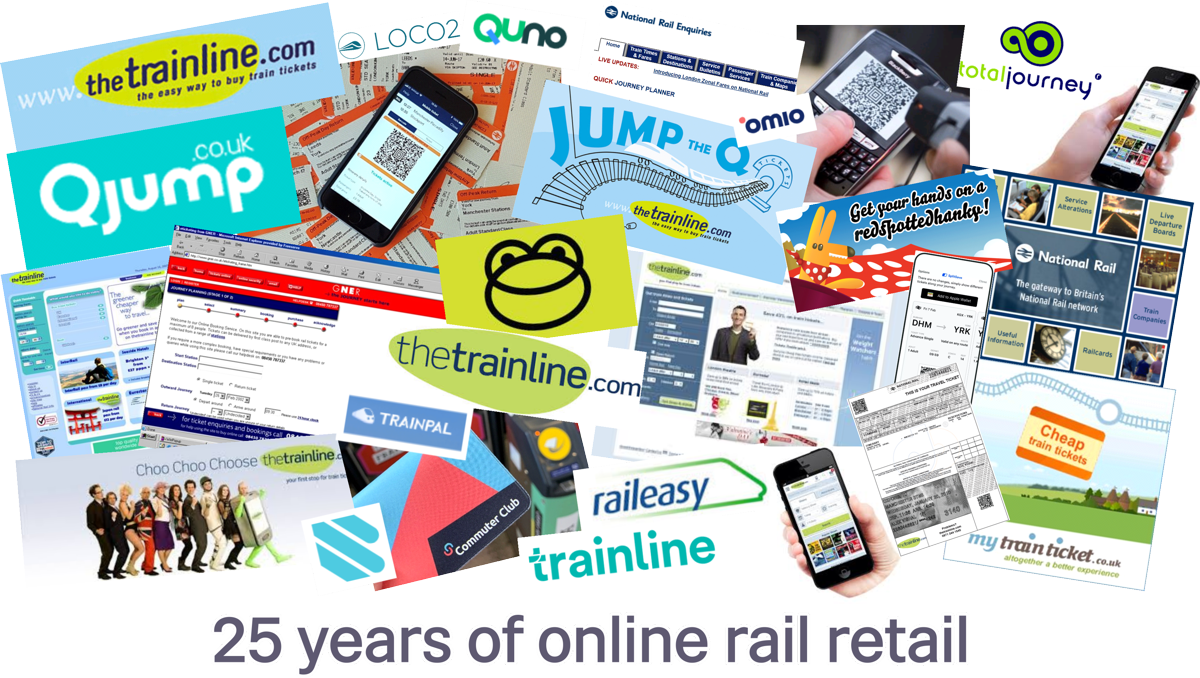The December 2023 amendment to the Williams Shapps Plan for rail confirmed what was not happening, at least not under the current government. It is less clear what takes its place, or whether a change of Government would mean (another) change of plan.
Commentary will often talk about challenges with the current arrangements, but it feels appropriate in this context to conclude on some of the positives:
- Customers have more choice of how to pay for their train travel than at any time in the railway’s history.
- GB rail continues to attract global brands such as Virgin, Uber, and Trainline who want to leverage their reach and skills to sell more of GB rail’s inventory.
- In many areas rail retail often moves at a pace that Government spending reviews, legislation, business cases, and procurement cannot get close to.
- The structure has allowed Government led initiatives such as flexi-season tickets; industry initiatives such as mobile tickets; and retailer led initiatives such as split ticketing and rewards to all be brought to market.
- The bulk of the commercial incentives in the supply chain are to sell more tickets, not to sell more software changes.
- The cost of online retail has come down from 9% to 4.5% (inclusive of payment processing costs), which benchmarks favourably to costs of fare collection internationally.
